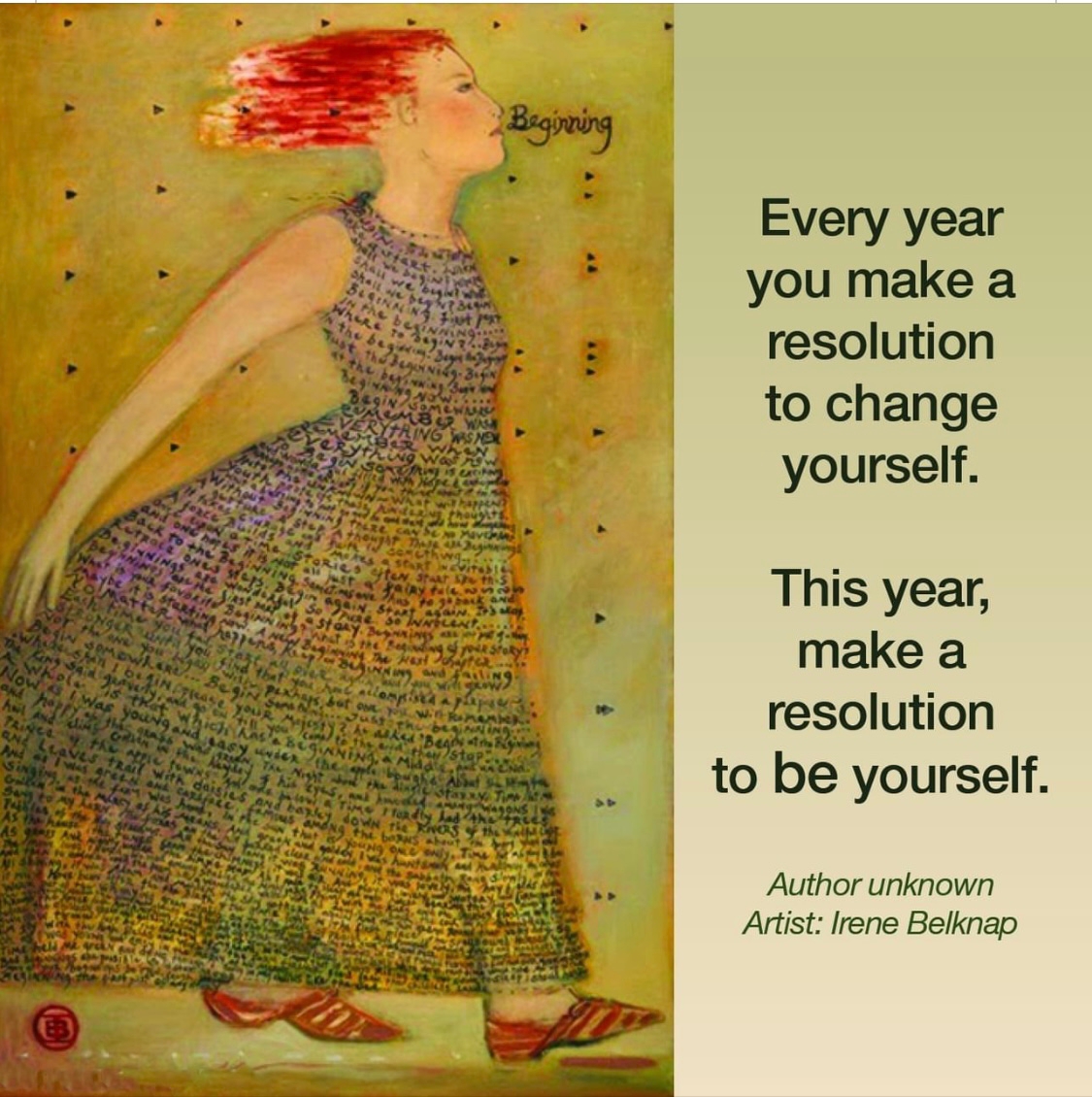Embrace your weirdness
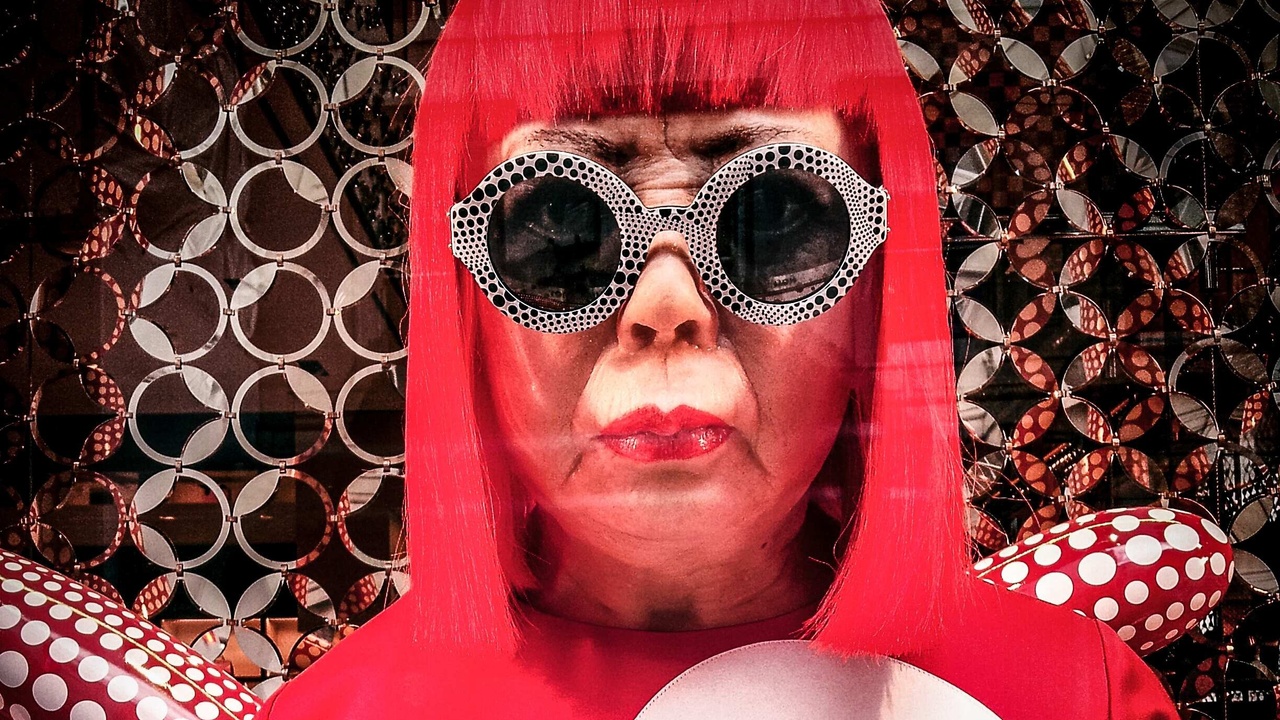
Theodor Seuss Geisel wanted to make reading fun. The children’s books of his time were mind-numbingly ordinary “Dick and Jane” type books. Dick and Jane were two sensible children who did predictable things and always obeyed the rules.
Geisel had other ideas for children’s books, weird ideas. He thought up strange characters doing odd things. He concocted unusual poetic meters and bizarre artwork.
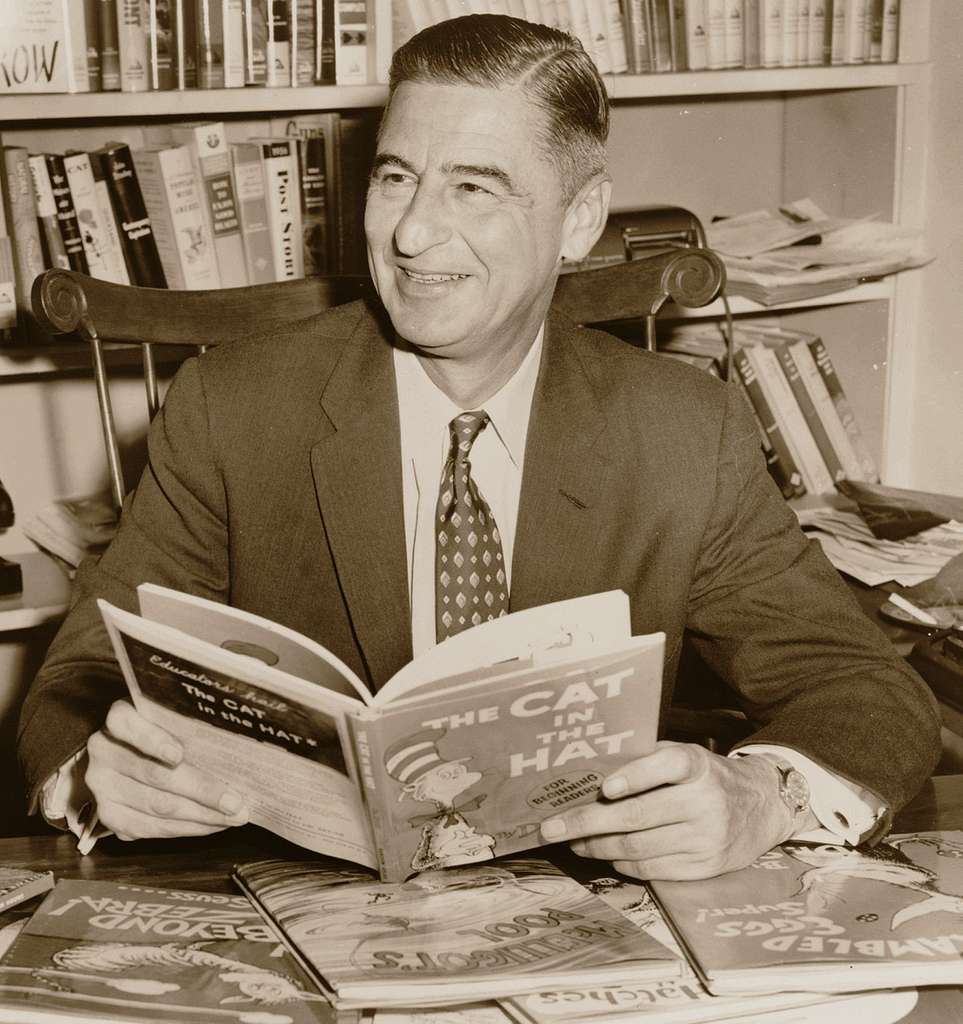
In 1957 he wrote The Cat in the Hat under the name Dr. Seuss (pronounced ‘Zoyce’ like voice – yes, really). The book was rejected by several publishers for being too unconventional. His work was too weird! But when he eventually found a publisher, the book was an instant success. Children loved this strange cat who turns a cold, wet day into a day of fun and mischief. The Cat in the Hat is still one of my favourite books. It’s hard to believe that it was published in the 50s, it still feels so fresh and contemporary.
Too often we hide or supress our weirdness because people don’t understand it.
Don’t do this!
To be more creative, to do brilliant work, you need to be prepared to be odd.
“You have to be odd to be number one.” Dr. Seuss
Here are three ways to develop an unconventional mind, to take your work from ordinary to sensational.
1. What you think is weird is really your superpower
Dr. Seuss didn’t act or look strange, but he had very weird ideas. He let his imagination soar and allowed himself to think differently. This was the critical factor of his success. He sparked children's curious and imaginative minds. His books were free of the norms and moral lecturing of children's books of the day. Dr. Seuss said, "I have great pride in taking Dick and Jane out of most school libraries. This is my greatest satisfaction."
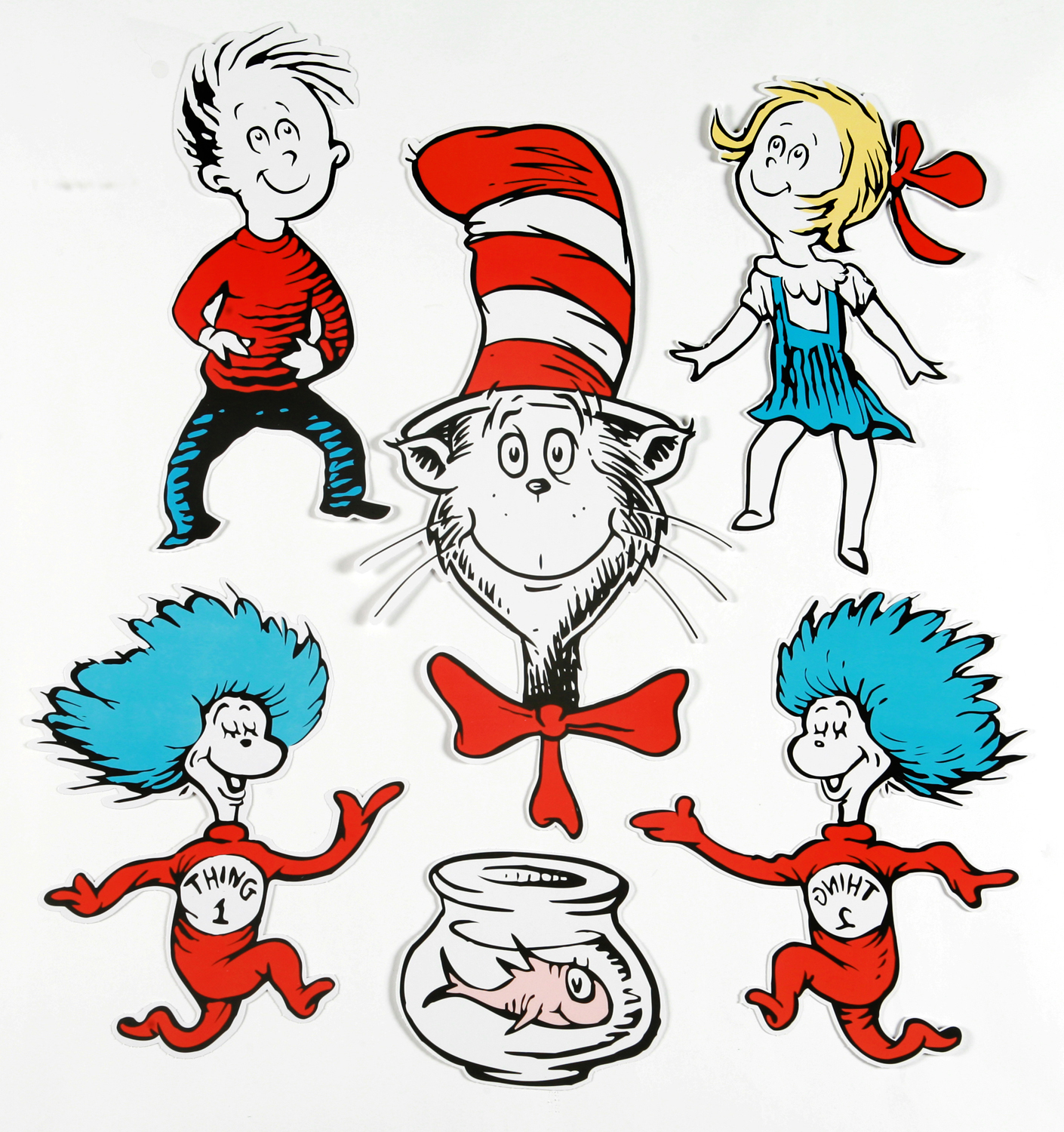
View the label of 'odd' as the highest compliment. It is a sign that you are on the right path. If you are trying something new, it is likely to be viewed as 'odd'.
When Nina and I launched our learning organisation, Creativity Wake-Up, a few concerned friends tried to dissuade us from following such an untested and unconventional route. "Who will buy your courses?", they asked in alarm. A company that focused on creative thinking was completely outside the norm. We embraced our weird ideas and used the put downs of nay-sayers to fuel our motivation. We are proud to have a growing body of local and international blue-chip clients.
2. What makes you odd makes you memorable
Dr.Seuss said that he deliberately wrote nonsensical stories. “I like nonsense”, he said, “it wakes up the brain cells.” His approach was to free his mind and to deliberately let go of logical thinking in order that new ideas can bubble up. It is the strangeness of Dr. Seuss’s books that makes them unique and memorable.
When you try to do what everyone else is doing, you will merge into the background. People don’t remember what is ordinary and expected; they remember what is captivating and different. Being your own weird self is interesting. Even if you are planning to deliver a talk or write a book or train a course on a topic that many people have approached before, only you can do it in your unique style. You will add your own authentic flavour. Don’t not do a thing because it has been done before.
"Be yourself; everyone else is already taken." -- Oscar Wilde
3. Don't expect approval
Japanese artist, Yoyoi Kusama, spent decades in obscurity, as the art world struggled to categorise her work. Was her work minimalist, surreal, pop art or abstract expressionism? She couldn't be boxed. She covered her canvasses, sculptures, household objects, assistants and even herself in fields of polka dots. She said that the polka dots were 'infinity nets' that she saw in hallucinations. Kusama suffered from a mental condition later diagnosed as psychedelic schizophrenia.
Critics were perplexed by Kusama's way of thinking. Her own parents disapproved of her art. Even as a young child, Kusama's mother tried to stop her drawing by taking her art away, so she always rushed to finish her work. She persisted with her art, fighting decades of prejudice against her gender, ethnicity, and her mental health. She says, “I fight pain, anxiety, and fear every day, and the only method I have found that relieved my illness is to keep creating art."
When Kusama was in her 70s, a series of retrospectives exposed the public to her vibrant, playful, unique art and her popularity began to soar. Kusama is now in her 90s and is one of the most famous artists globally. Her work sold on auction made over $108 million in 2018 alone. One of her paintings sold for $7,1 million, the highest price paid for a work of art by a living female artist. At 93, Kusama is still producing art.
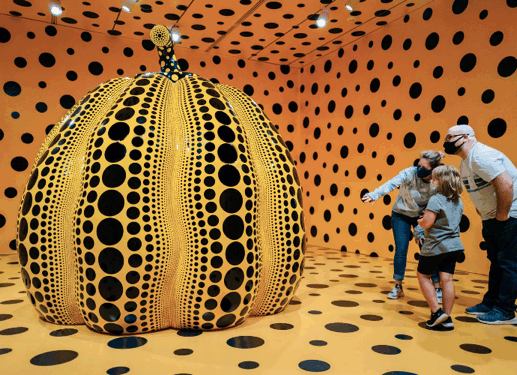
Everything original seems weird at first. Don’t be put off by people not giving you approval for the weird thing you are trying to do or be.
Kusama and Dr. Seuss' stories show that we can't expect support for our creative projects from those around us. It takes courage, hard work and often a long time to achieve our goals when try something new. We only have one life to live. Being "youer than you", being true to yourself, makes it oh so worth it.
